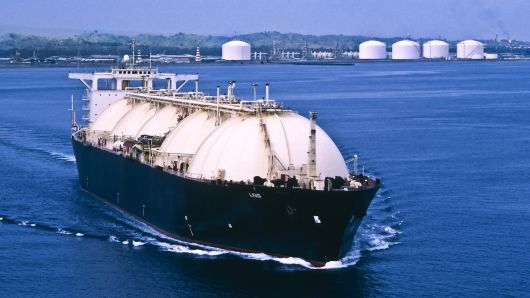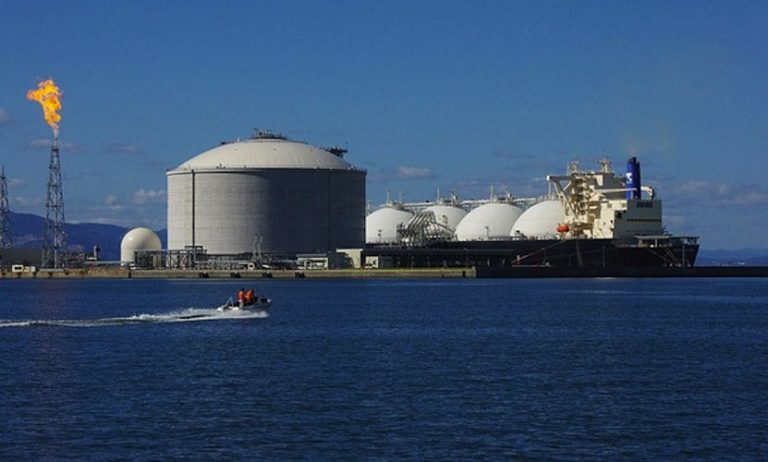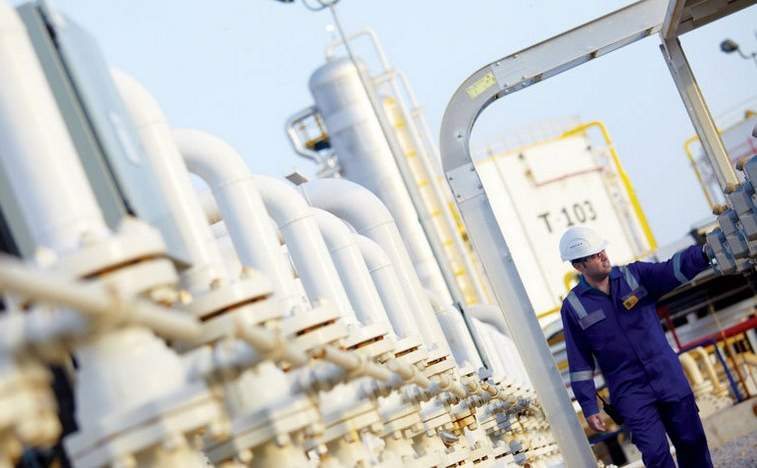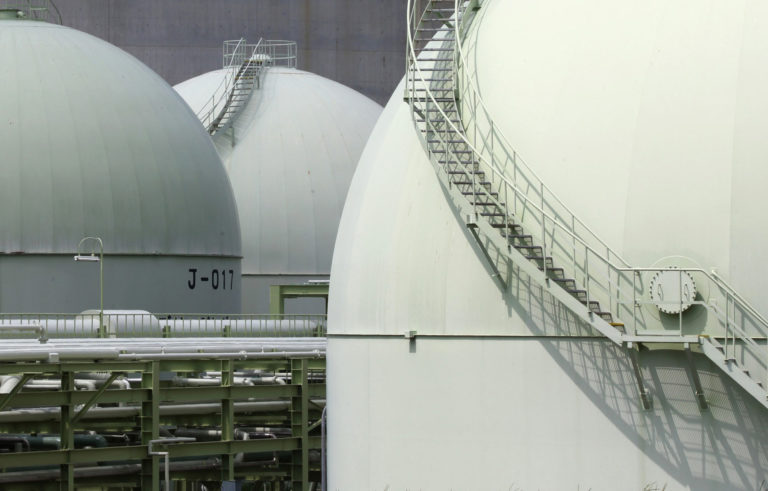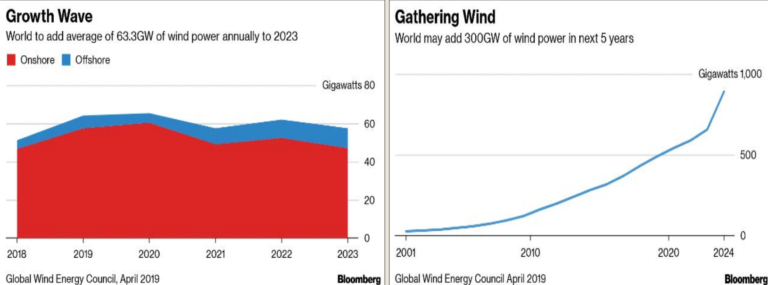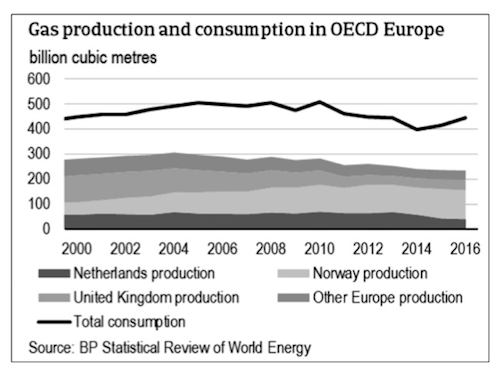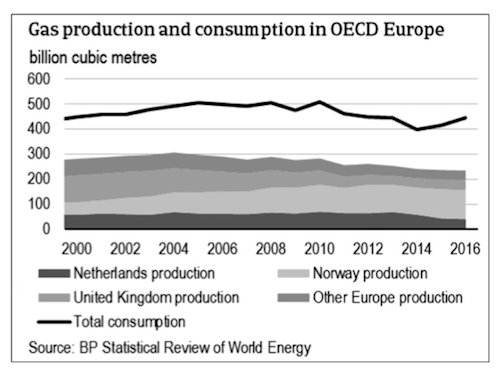Aramco’s bond sale is part of a grand plan
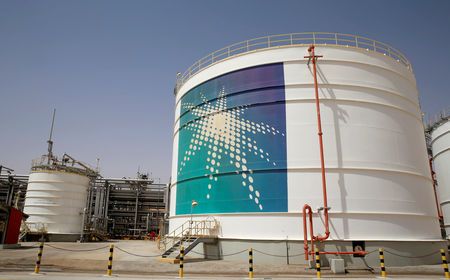
It is not every day that a company asks to borrow money while at the same time explicitly stating that it has absolutely no need for it.
Then again, it is not every day that the most profitable company in the world emerges from a shroud of secrecy, to tap international bond markets for the first time.
Saudi Aramco’s debut bond sale is just days away, prompting the jewel in the crown of the desert kingdom to open its books and reveal some staggering numbers. The Saudi Arabian oil company booked $111bn of net income in 2018, more than that of Apple and Alphabet combined.
Companies that make that much money do not usually have much cause to borrow more.
Apple, for example, has only ever raised bonds to cover its mountains of cash trapped offshore. Since President Donald Trump introduced a new tax code at the end of 2017, encouraging companies to bring money back home, the US tech group has been conspicuously absent from the bond market. Google’s owner, Alphabet, meanwhile, which has an equity value of $845bn, has a grand total of $300m in bonds.
Saudi Aramco’s treasurer has been clear that the company does not need the funding, telling investors that it has a “fortress-like corporate position”.
The bond sale has very little to do with corporate finance, therefore, and everything to do with the grand plans of Saudi Crown Prince Mohammed bin Salman.
The wheels may have come off Prince Mohammed’s aim to sell shares in the Saudi oil giant but he has not abandoned the idea entirely. And opening Aramco to the rigours of disclosing its balance sheet is seen as a stepping stone to that bigger prize of an initial public offering.
At one point last year, bankers and advisers were even talking about Aramco issuing $70bn of bonds in one shot. That was before the grisly killing of Jamal Khashoggi at the Saudi consulate in Istanbul last October.
But Khashoggi’s death has had no long-term impact on fund managers’ desire to load up on Saudi bonds. (That $70bn number was only ever floated because it would have been a record-breaking corporate debt sale.)
Nor have investment banks shied away from the kingdom. In October, Jamie Dimon, the JPMorgan chief executive, was the first bank boss to pull out of Prince Mohammed’s “Davos in the Desert”. Less than six months later, the US investment bank is leading Aramco’s bond sale.
